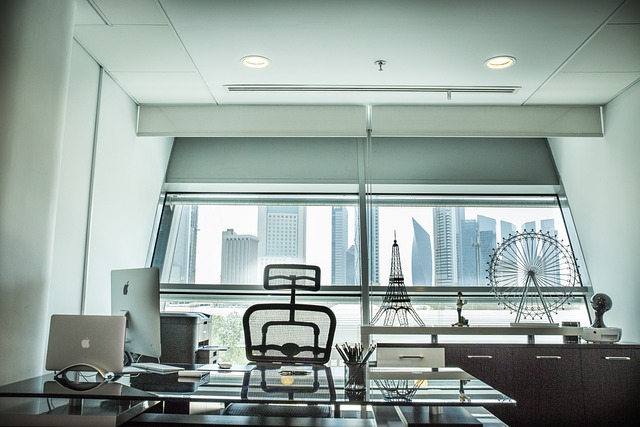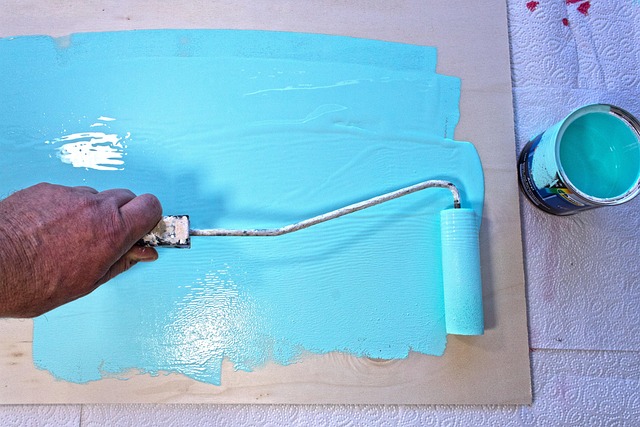In today's dynamic work environment, real estate professionals must design flexible spaces that cater to collaboration dynamics. Hybrid layouts blending open areas with enclosed spaces are gaining popularity, allowing employees to choose settings for brainstorming, focused work, or sensitive discussions. Tailoring workspace solutions based on team interactions and needs enhances job satisfaction, productivity, and overall well-being, transforming traditional real estate into collaborative hubs.
In today’s dynamic work environment, real estate spaces must evolve to meet collaboration needs. This article explores how flexible layouts are revolutionizing office design, fostering interactive cultures and enhancing productivity. From understanding the ever-changing dynamics of teamwork to implementing adaptive designs that cater to diverse collaboration styles, discover strategies to create vibrant, flexible environments tailored for modern professionals.
Understanding Collaboration Dynamics in Real Estate Spaces

In today’s dynamic work environment, understanding collaboration dynamics is crucial for designing flexible real estate spaces. These spaces must accommodate various team sizes, project types, and communication preferences to foster productive interactions. For instance, open-plan offices promote spontaneous brainstorming sessions but can also lead to distractions. On the other hand, private rooms offer focused work environments, ideal for sensitive discussions or deep concentration.
Real Estate professionals are increasingly recognizing the value of hybrid layouts that blend open areas with enclosed spaces. Such designs enable employees to choose their preferred collaboration settings, enhancing overall job satisfaction and productivity. By understanding how teams interact and what they need from their workspace, real estate solutions can be tailored to support modern collaboration requirements, ensuring that spaces are not only functional but also contribute to the well-being and success of those who occupy them.
Designing Flexible Layouts for Effective Interaction

In today’s dynamic work environment, flexible layouts are transforming traditional real estate into collaborative hubs. These spaces are designed to adapt to evolving team needs, fostering interaction and productivity. By incorporating modular furniture and reconfigurable walls, offices can easily accommodate various team sizes and project requirements. This adaptability encourages spontaneous brainstorming sessions, facilitating open communication and cross-functional collaboration.
Furthermore, flexible layouts enhance accessibility, enabling employees to choose their preferred working environment. Whether it’s a quiet corner for deep work or a bustling collaborative space, such arrangements cater to diverse personality types and work styles. Ultimately, these dynamic spaces revolutionize traditional real estate, creating an environment that nurtures innovation and cultivates strong team bonds.
The Impact of Adaptive Design on Team Productivity and Culture

In today’s dynamic work environment, especially within the real estate sector, flexible layouts are no longer a luxury but a necessity. Adaptive design plays a pivotal role in fostering collaboration and enhancing team productivity. By creating spaces that can accommodate various team sizes, project stages, and collaborative styles, organizations can cultivate an environment that encourages innovation and efficient workflow. This flexibility allows teams to adapt their workspace to suit different tasks, from brainstorming sessions to focused individual work, thereby optimizing output.
Moreover, adaptive design contributes significantly to shaping a positive team culture. It promotes a sense of community and inclusivity as staff members can choose or reconfigure their workstations based on personal preferences and collaboration needs. This adaptability fosters open communication, strengthens relationships, and creates a more engaging and satisfying workplace. As teams move through different project phases, the ability to adjust layouts ensures a consistent and comfortable working environment, ultimately driving higher morale and increased job satisfaction.






